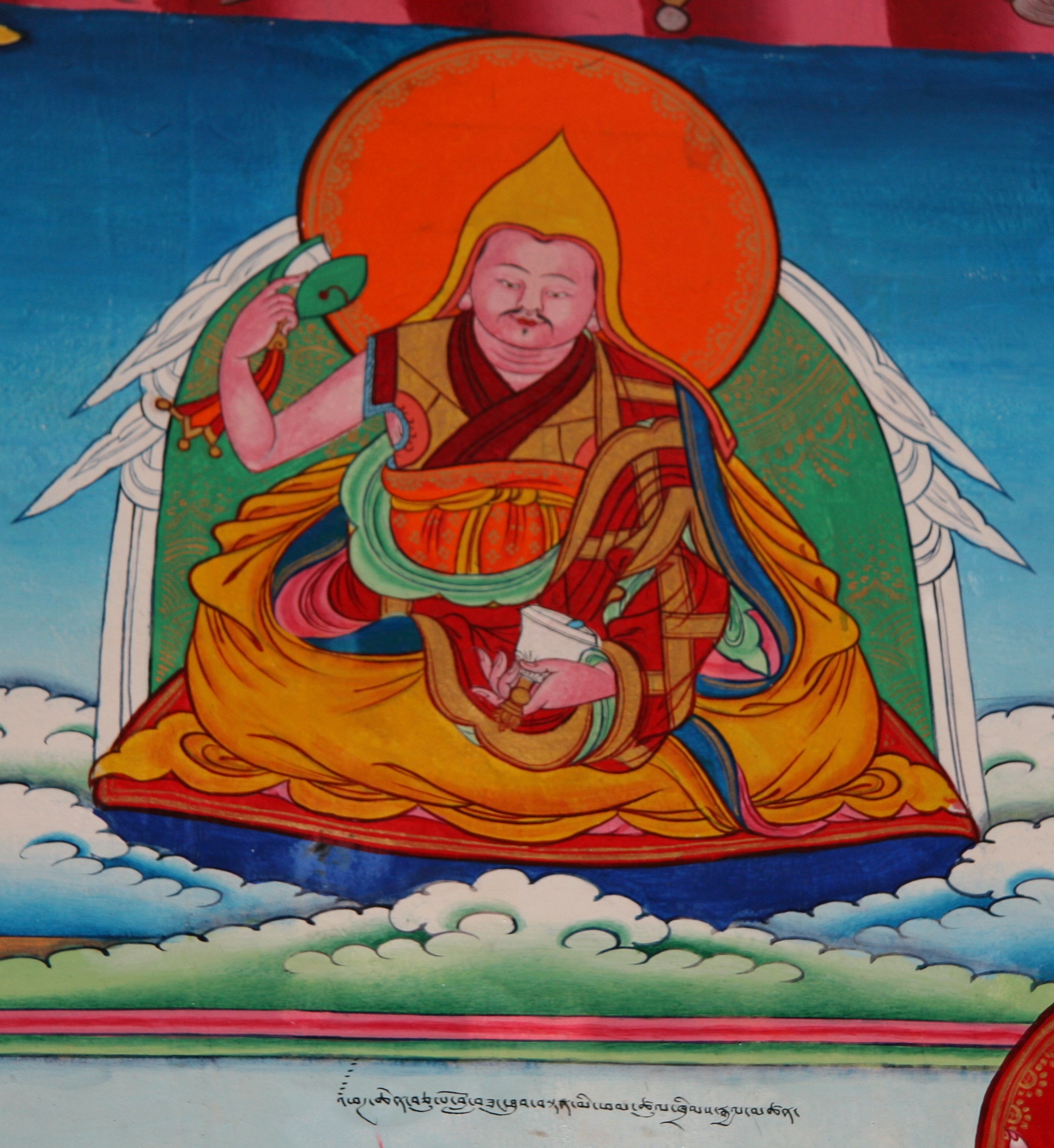The Pakpa Lha incarnation line dates to the fifteenth century when Dechen Dorje declared himself, at age eight, to be Āryadeva. He became known as the First Pakpa Lha. The seat of the lineage is at the Geluk monastery Chamdo Jampa Ling.
Biographies
The First Pakpa Lha, Pakpa Dechen Dorje
b.1439 - d.1487
Pakpa Dechen Dorje was the first of a line of incarnations later based at Chamdo Jampa Ling, the Pakpa Lha. The title is said to have derived when he declared himself, at age eight, to be Āryadeva. Ordained at Ganden, he spent his life wandering, establishing retreat hermitages and monasteries across Tibet.
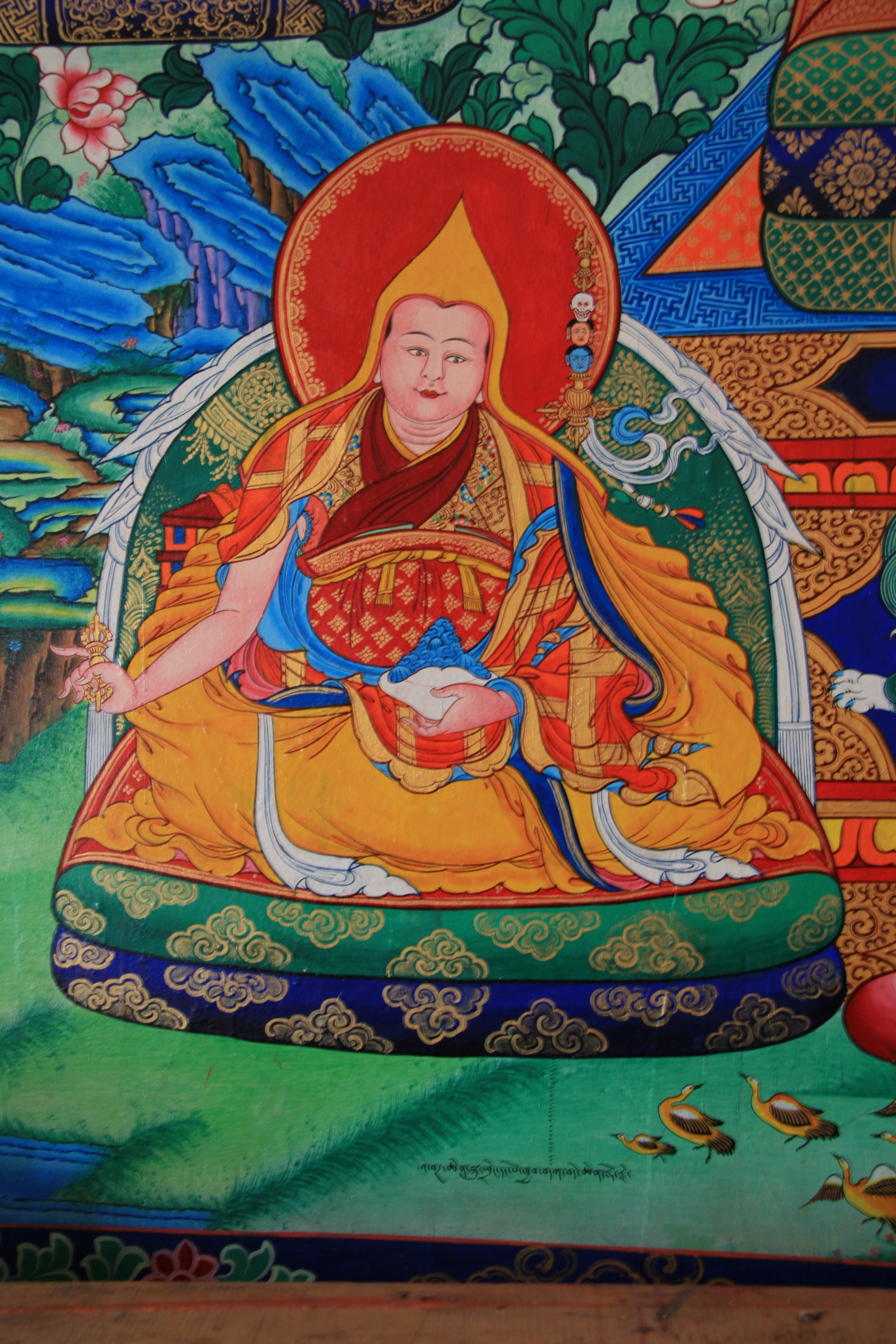
The Second Pakpa Lha, Sanggye Pel
b.1507 - d.1566
The Second Pakpa Sanggye Pel, the reincarnation of the First Pakpa Lha. He spent a number of years spreading the Geluk tradition in Kongpo and Kham, establishing monasteries in Jang Satam and elsewhere, including Tashi Pende in Kongpo.
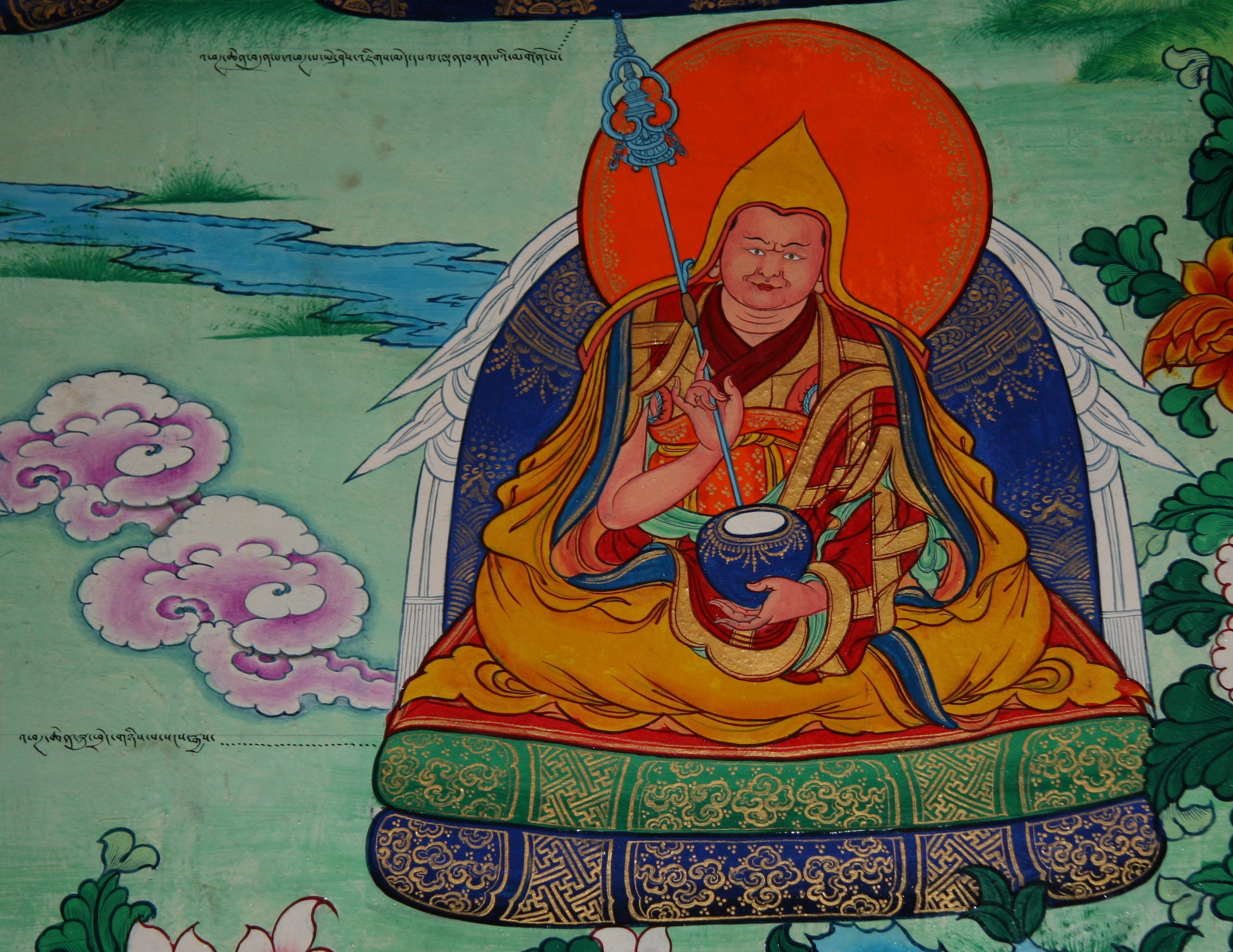
The Third Pakpa Lha, Tongwa Donden
b.1567 - d.1604
The Third Pakpa Lha Tongwa Donden was the fourteenth throne holder of Chamdo Jampa Ling Monastery in Kham. Like his predecessor he spent many years traveling across the south-eastern region of the Tibetan Plateau, including Jang Satam, working to spread the Geluk teachings there.
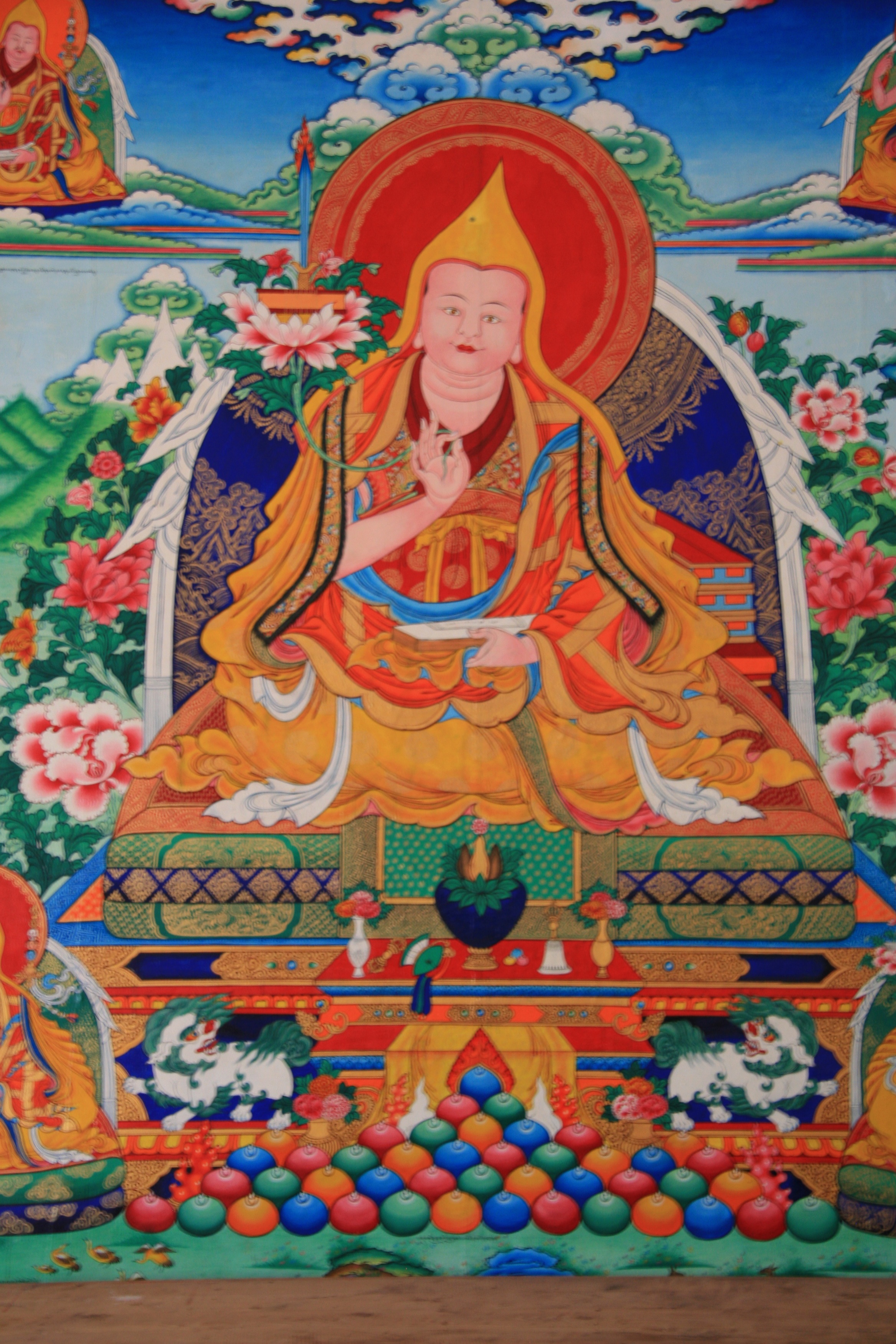
The Fourth Pakpa Lha, Chokyi Gyelpo
b.1605 - d.1643
The Fourth Pakpa Lha Chokyi Gyelpo was the seventeenth throne-holder of Chamdo Jampa Ling Monastery in Kham. He had close ties with the Fourth and Fifth Dalai Lamas and the Fourth Paṇchen Lama, and also established relationship with Gushri Khan, the Mongol ruler who invaded Tibet in the seventeenth century and helped the Fifth Dalai Lama take control of Tibet.
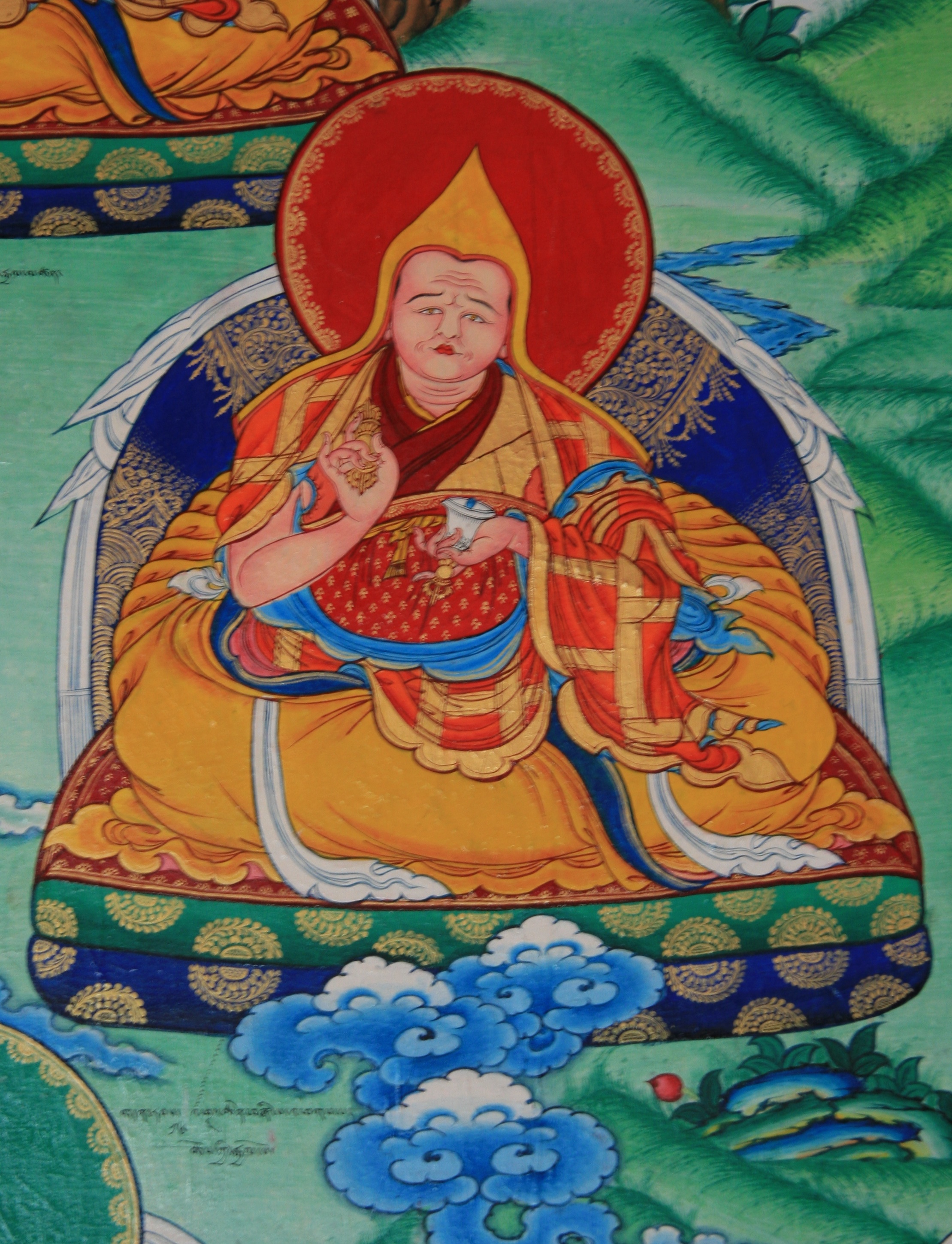
The Fifth Pakpa Lha, Gyelwa Gyatso
b.1644 - d.1713
The Fifth Pakpa Lha Gyelwa Gyatso was the nineteenth throne holder of Chamdo Jampa Ling in Kham, occupying the throne for sixty-two years. He was a disciple of the Fifth Dalai Lama and the Fourth Paṇchen Lama, and like his predecessors, worked actively to promote the Geluk presence in Kham.
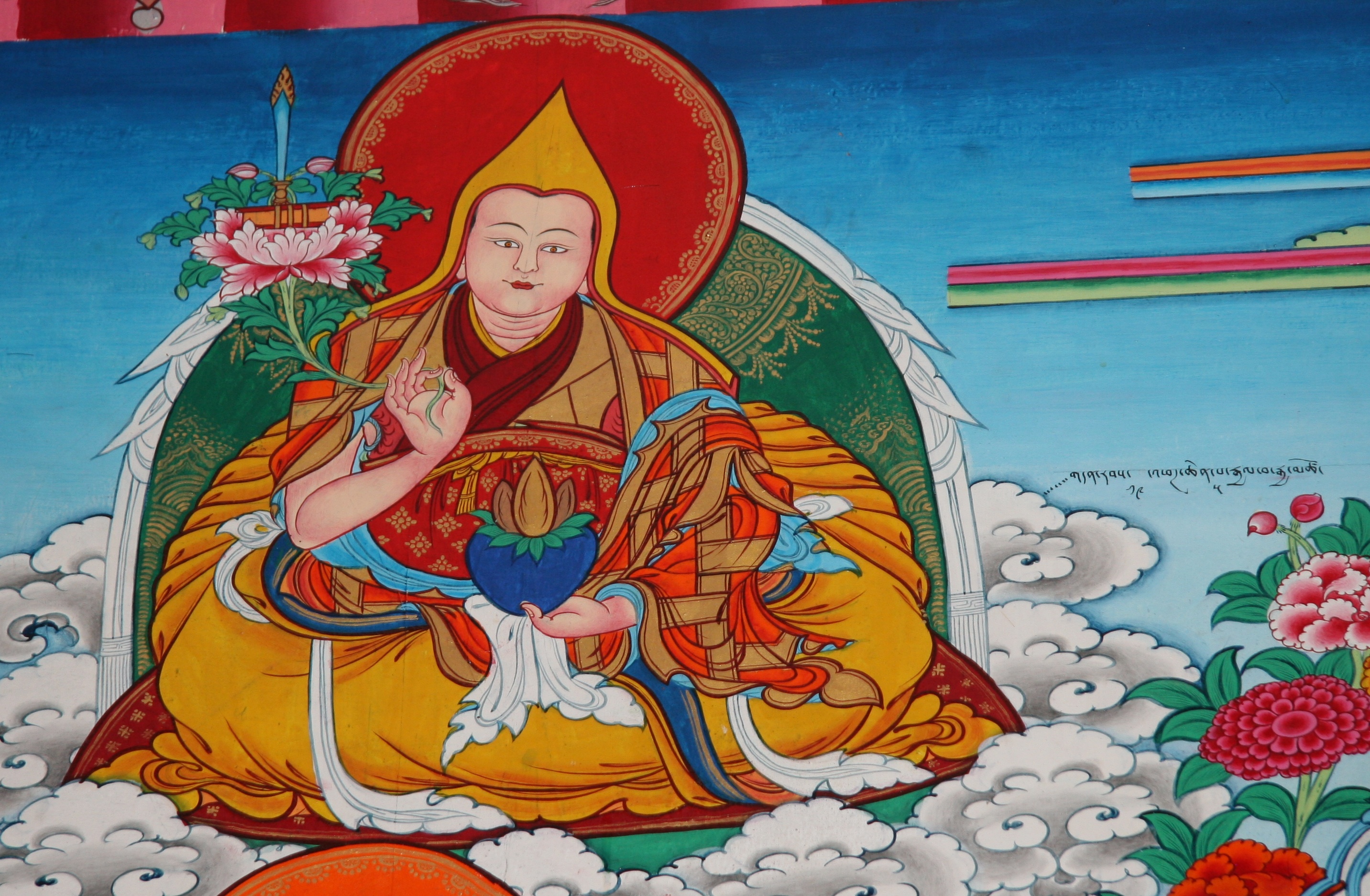
The Sixth Pakpa Lha, Jigme Tenpai Gyatso
b.1714 - d.1754
The Sixth Pakpa Lha, Jigme Tenpai Gyatso was the twenty-first throne holder of Chamdo Jampa Ling in Kham. He was a disciple of the Seventh Dalai Lama and the Fifth Paṇchen Lama. He established relationship with the Chinese Imperial court and received the title of namenhan along with a bronze seal. Like his predecessor he was also involved in political activities as well as pursuing his religious responsibilities.
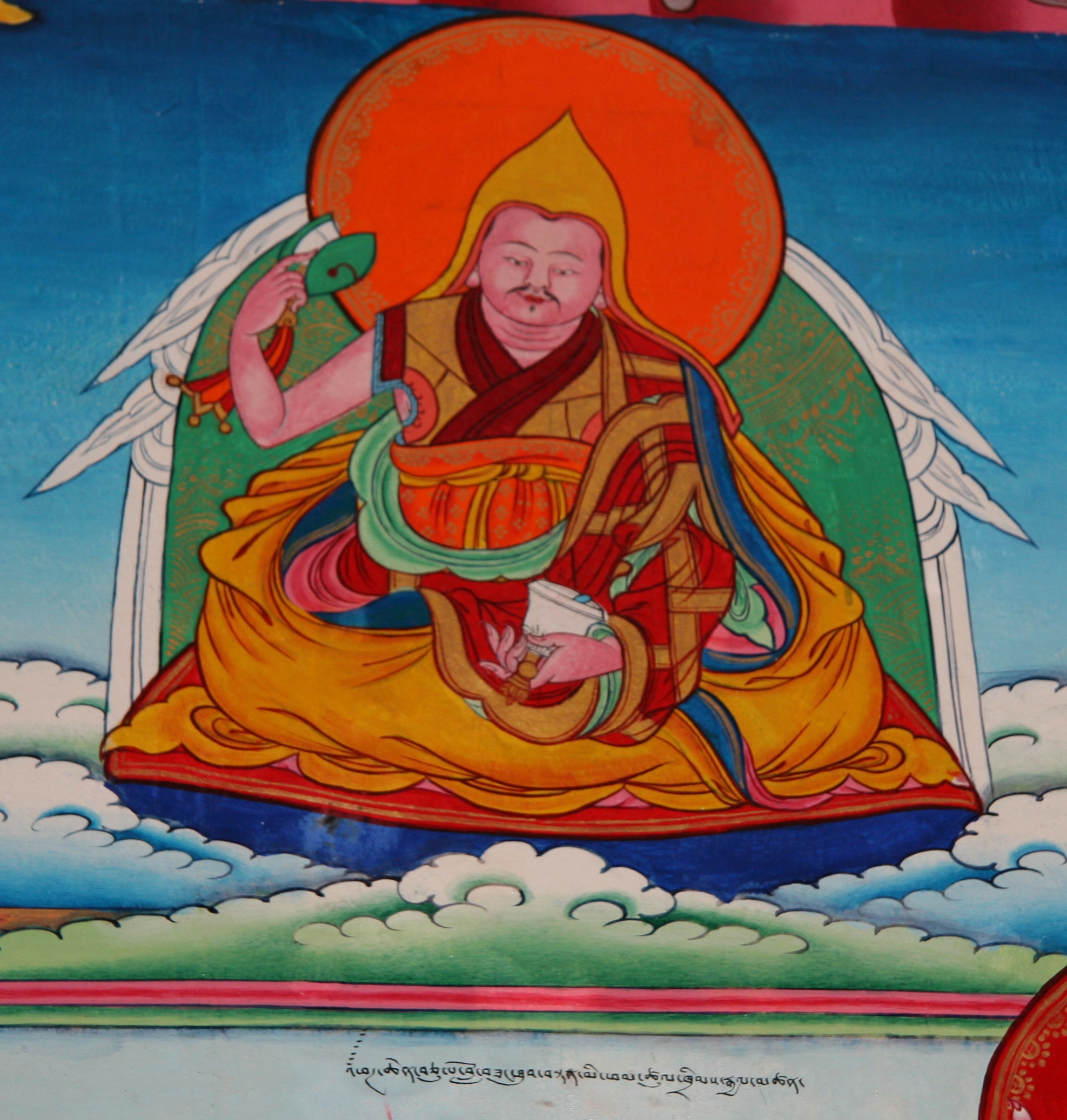
The Seventh Pakpa Lha, Jigme Tenpai Gonpo
b.1755 - d.1794
The Seventh Pakpa Lha, Jigme Tenpai Gonpo was the twenty-third throne holder of Chamdo Jampa Ling Monastery, a post he occupied for nineteen years. He studied in the great Geluk monasteries in the Lhasa area and was a disciple of the Sixth Paṇchen Lama, who ordained him. He was an influential figure in Chamdo and Kham during the eighteenth century, and enjoyed good relations with the Qianlong Emperor in Beijing.
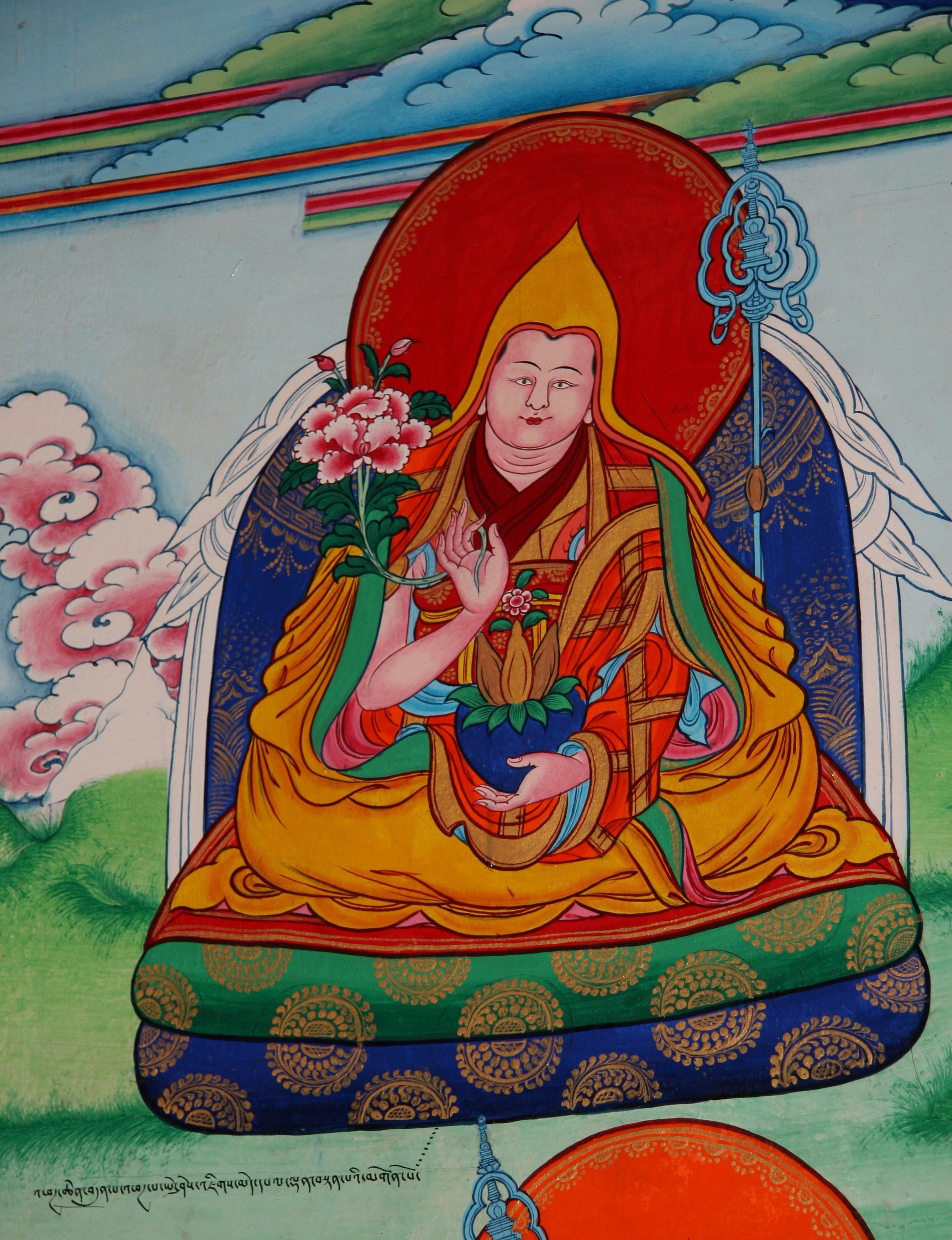
The Eighth Pakpa Lha, Lobzang Jigme Pelden Tenpai Nyima
b.1795 - d.1847
The Eighth Pakpa Lha, Lobzang Jigme Pelden Tenpai Nyima, was the twenty-fifth abbot Chamdo Jampa Ling Monastery, serving from 1805 to 1847. He was identified as the Eighth Pakpa Lha by the Eighth Dalai Lama and the Eighth Tatsak Lama, the regent of Tibet. The identifcation was processed using the Golden Urn, which the Qing Emperor Qianlong had mandated for high incarnations. Like his predecessors he studied in the Lhasa region before returning to Kham to take his post.
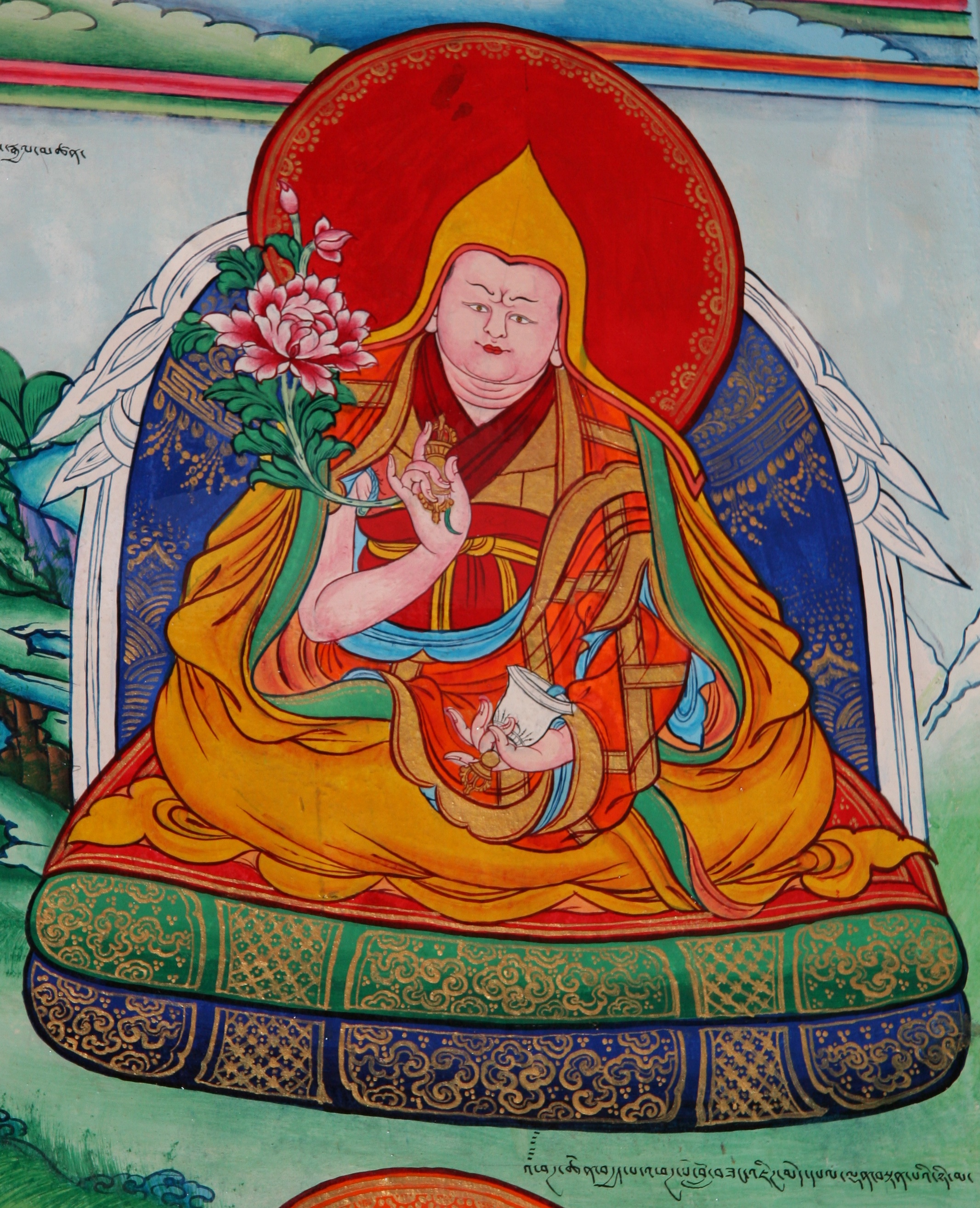
The Ninth Pakpa Lha, Ngawang Lobzang Jigme Tenpai Gyeltsen
b.1849 - d.1900
The Ninth Pakpa Lha, Ngawang Lobzang Jigme Tenpai Gyeltsen was the twenty-seventh abbot of Chamdo Jampa Ling. Unlike his predecessors he was educated in Chamdo. As abbot he was involved in putting down a military revolt against Qing control of Kham.
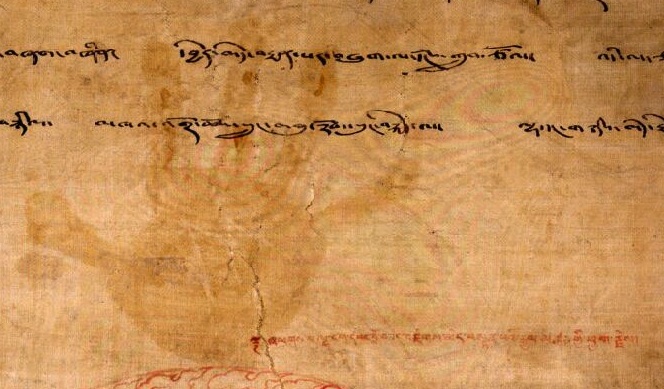
The Tenth Pakpa Lha, Lobzang Tubten Mipam Tsultrim Gyeltsen
b.1901 - d.1939
The Tenth Pakpa Lha, Lobzang Tubten Mipam Tsultrim Gyeltsen was born in Kham and educated in Sera Monastery near Lhasa. He served as the twenty-ninth abbot of Chamdo Jampa Ling for nineteen years, during which the monastery was burnt to the ground by the Chinese Republican Army. He also faced a severe crisis due to his violation of his monk's vows by taking a wife; he was temporarily forced out of his office, only to be reinstalled with popular support. He was largely responsible for the reconstruction of the monastery in the early 1920s.
